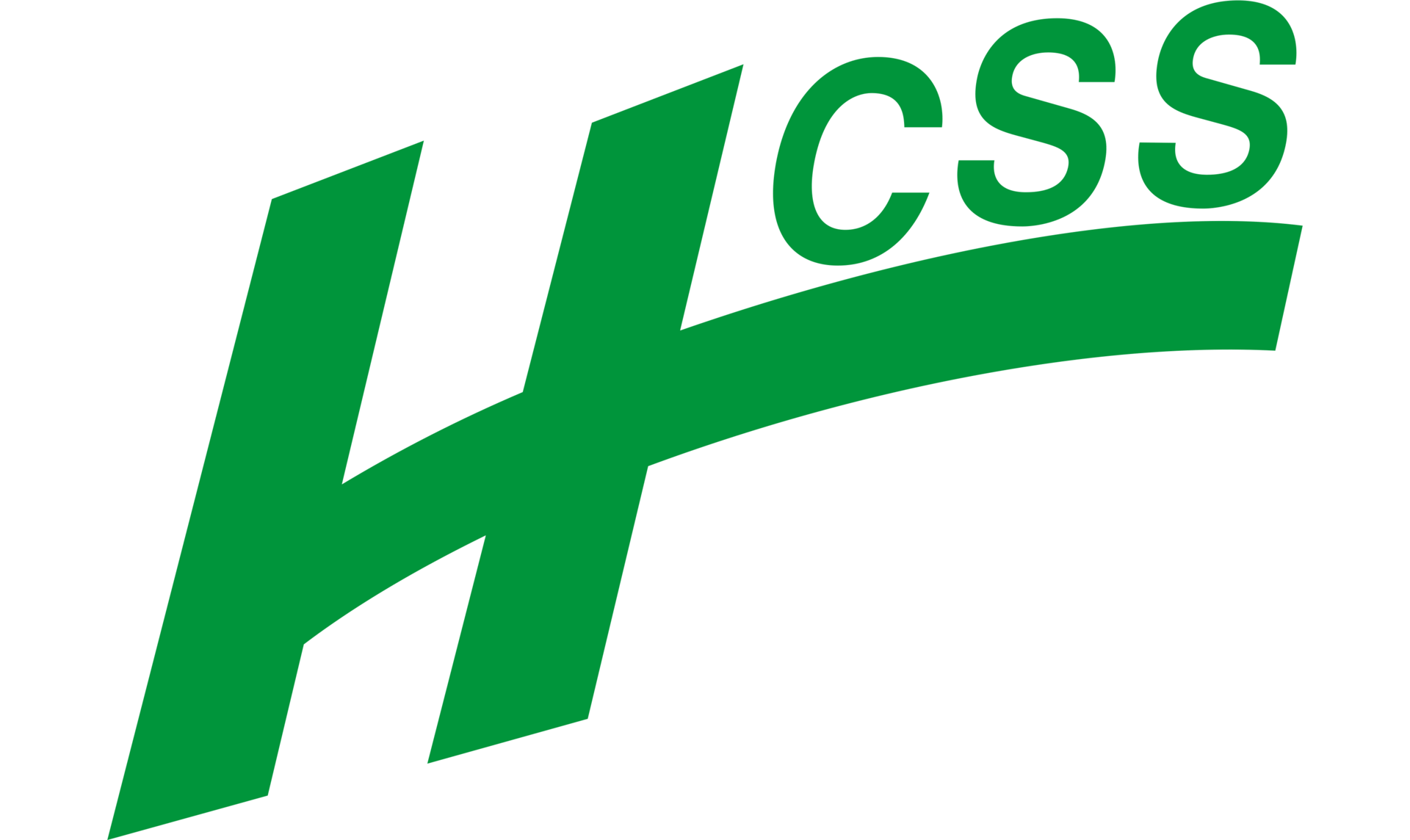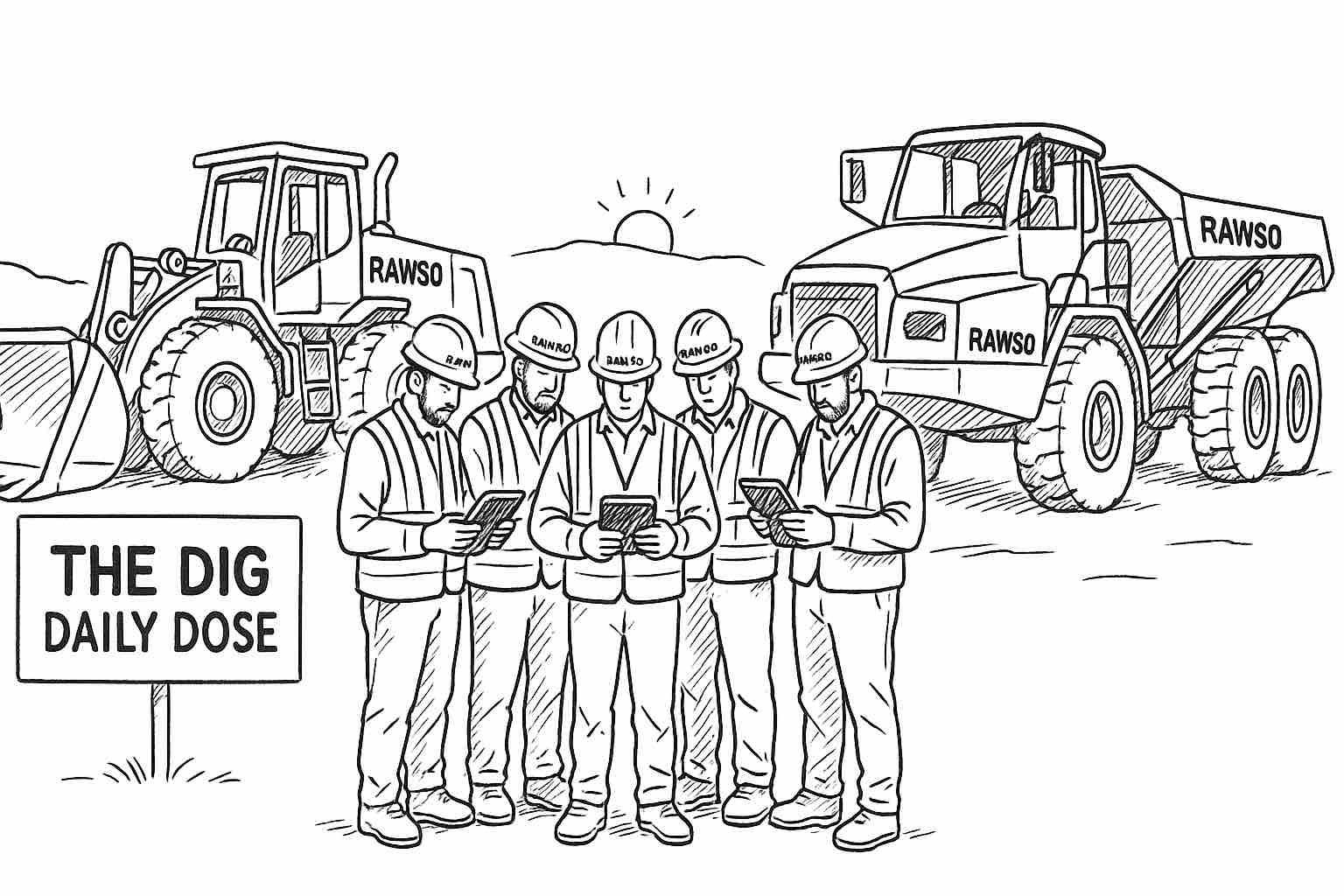"What got you here won't get you there."
Marshall Goldsmith
THE ART OF LEADERSHIP
Evolving leaders outgrow old habits to unlock higher impact together and influence!
Early success often comes from strong individual drive, expertise, and persistence. Over time, those same strengths can silently turn into limits. Interrupting others, needing to win every debate, or protecting your own ideas may have helped you stand out, but they can now stall your growth and your team’s progress. Leadership at the next level demands new behavior, not just more effort.
The turning point is honest self-assessment. Ask trusted colleagues where your behavior makes work harder, not easier. Listen without defending, and look for recurring patterns. Then pick one habit that repeatedly causes friction and treat it as a development project. Replace constant advice giving with curiosity, one-way directives with joint problem solving, and perfectionism with clear standards and realistic timelines.
Change becomes real when others experience it consistently. Share the habit you are working on and invite people to hold you accountable. Celebrate small wins when you respond differently in moments that once triggered old reactions. As you shed unhelpful patterns and adopt more collaborative ones, you model that real leadership is the ongoing willingness to evolve.
For sixty days, identify, measure, and replace one limiting leadership habit with a constructive behavior.
COMMERCIAL CONSTRUCTION
How does HCSS turn construction complexity into confident daily decisions?
Since 1986, HCSS has focused on a simple idea. Construction companies win when technology fits the way they actually work. By serving heavy civil, infrastructure, and utility contractors, HCSS designs tools that speak the language of field crews, estimators, and equipment managers instead of forcing them into generic systems.
That focus created a family of connected products from bidding through project closeout. Estimators use HeavyBid to assemble complex costs and submit more competitive proposals. Once a job is won, HeavyJob, Equipment360, safety, and planning tools help teams track labor, equipment, and incidents in real time, connecting the office and field on the same facts.
Underneath the software is a people-first culture. Round-the-clock support, user group meetings, and long-term product investment show a commitment that goes beyond transactions. HCSS measures success by how much it streamlines operations, strengthens margins, and gives construction professionals more control over their work and their future.
Integrated construction software and human support help contractors win bids, control projects, protect people, and grow profitably.
INFRASTRUCTURE INDUSTRY
How do funding freezes reshape risk for long-term builders and cities?
When federal reimbursements suddenly stop, construction sites do not. Crews, cranes, and concrete remain, but contractors watch cash evaporate while designs, permits, and political promises stay frozen. The funding halt for major New York transit work exposes how fragile even headline projects are once Washington pauses the money pipeline.
For builders, delayed payments quickly turn into tougher credit, squeezed suppliers, and difficult conversations with union labor. Smaller firms, often carrying thin margins, are forced to choose between slowing work, cutting staff, or accepting costly short-term financing simply to keep tunnel boring machines and station upgrades moving.
Yet the disruption is also a stress test. Owners and contractors who planned contingency reserves, diversified backlogs across states, and negotiated flexible schedules are better positioned. The episode underlines a quiet competitive edge in this business: financial resilience and scenario planning matter as much as engineering when the federal spigot suddenly tightens.
Diversify contracts and reserves before relying on long-horizon federal reimbursements.
RESIDENTIAL RESEARCH
Can stronger sentiment overcome slowing construction and rising investor control?
Builder optimism is finally nudging higher, even as construction data stays soft. Recent surveys show confidence at a six-month high, helped by slightly lower mortgage rates and cautious hopes that buyers will return this winter. Yet single-family starts have slipped from mid-year levels, and many projects are being delayed rather than cancelled outright.
One bright pocket is the surge of professionally managed neighborhoods built specifically for renting. These communities now claim more than eight percent of new single-family starts, as investors fund projects in fast-growing metros where families want yards and garages but cannot yet afford ownership. For builders, long leases from institutional landlords can stabilize cash flow when traditional buyers hesitate.
The trade-off is subtle but important. More rental houses can ease local shortages quickly, yet they may also keep would-be owners on the sidelines longer if prices stay high. Markets that balance for-sale and rental construction thoughtfully are likely to end up with more resilient communities and steadier construction cycles.
Follow who owns new homes to understand future neighborhood stability.
TOOLBOX TALK
Line of Fire Awareness and Body Positioning
Good morning, Team!
Today, we are talking about staying out of the line of fire so we are not struck, pinned, or hit by moving or falling objects.
Why It Matters
Many serious injuries happen not from equipment failure, but from where people stand. Being in the path of a moving load, swinging equipment, pressurized system, or stored energy can turn a normal task into a life-changing event in an instant.
Strategies for Staying Out of the Line of Fire
Recognize hazard types
Look for anything that can move unexpectedly. This includes vehicles, swinging loads, rotating parts, pressurized hoses, stored spring or gravity energy, and materials stacked overhead or on slopes.Plan the work area
Mark travel paths, swing areas, and loading zones. Establish no-go areas where only the operator and spotter are allowed. Position benches and saws so nobody walks directly behind or in front of the cut line.Choose safe body positions
Never stand between equipment and a fixed object. Stay off the blind side of trucks and loaders. Keep out from under suspended loads and stay to the side of tensioned lines, chokers, or chains.Control materials and stored energy
Chock wheels and use cribbing so loads cannot roll or drop. Cut banding and strapping from the side, not straight in front. Release pressure and secure parts before loosening bolts or fittings.Communicate before moves
Use pre-task briefings to agree on paths, signals, and stop words. Make eye contact with operators before entering their area. If you are unsure, stay out until you are acknowledged.Pause and reassess
When something changes, stop and check where your body is in relation to the hazard. Move first, then resume work.
Discussion Questions
Where are today’s main line of fire hazards, such as travel paths, swing areas, and tensioned lines?
What simple changes in our body position or staging can move us out of those paths?
Conclusion
Every task has a safe place to stand and an unsafe place to stand.
See the path, step aside, work smart.





